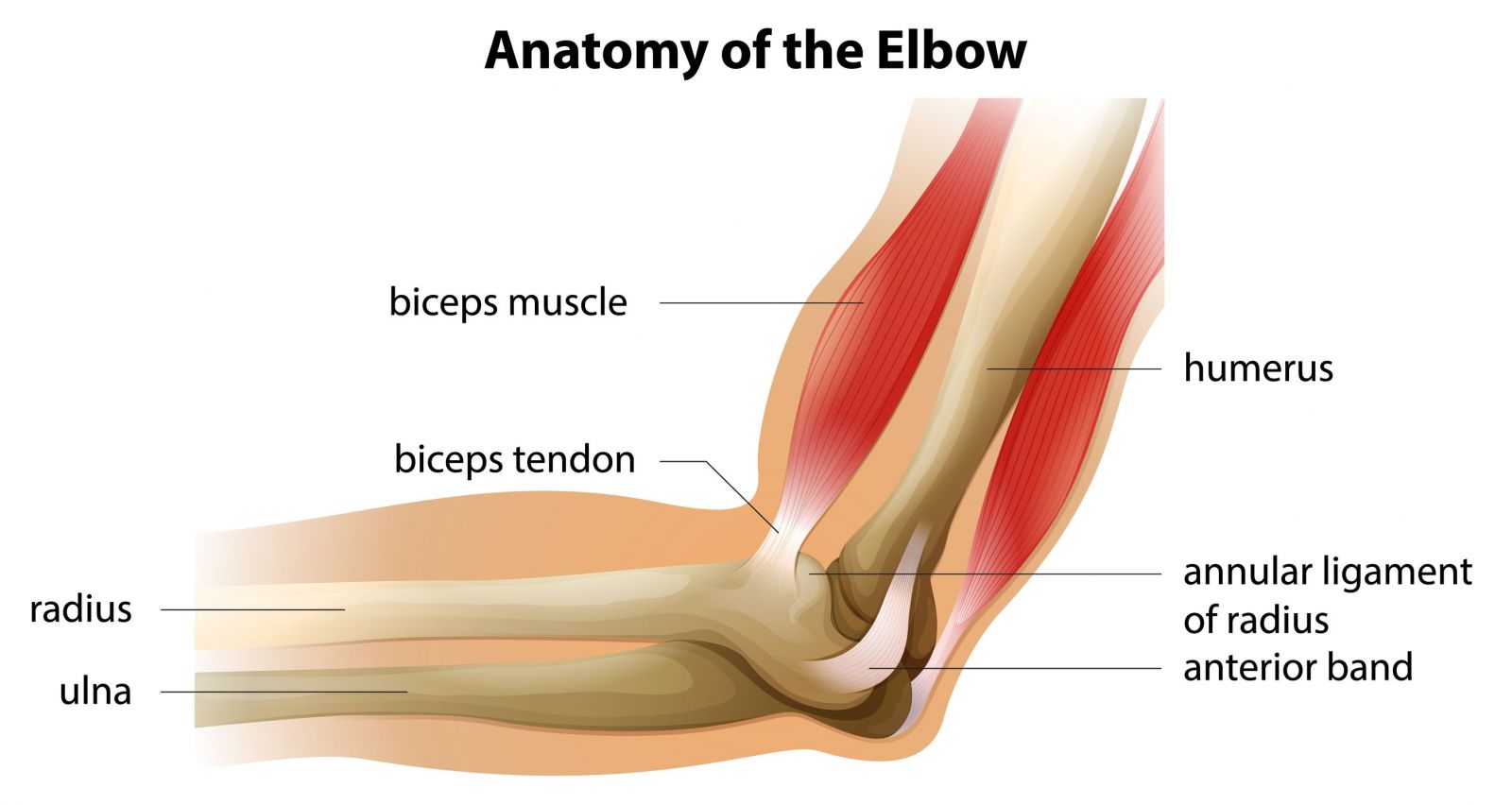
Sprains and Strains
Jan 11, 2017 by Adam Bernard MSc.PT, CG-IMS
A new year brings new resolutions. A popular one is to get back into shape. Poor technique, doing too much too fast, and overtraining can lead to sprains and strains. These are common injuries that are treated by physiotherapists. So, what is the difference between a sprain and a strain? These two terms are often confused by patients, and even health care professionals. Let’s first look at some anatomy to help answer the question.
Our body is made up of many different types of connective tissue, which takes on many forms. Two common types are ligaments and tendons.
Ligaments consist of dense connective tissue that connect bones across joints. Ligaments are very important to prevent excessive movement, acting as guides to direct motion, and providing proprioceptive (feedback) information for joints. When we stretch ligaments too far, such as rolling our ankle, we can cause tearing in the ligaments involved which we refer to as a sprain.
.jpg)
Muscles are the location of strains. Muscle is responsible for generating movement. A muscle consists of individual muscle cells or myofibres. Bundles of myofibres form whole muscles called fasiculus and these are enclosed within an outer layer called perimysium. If too much load is placed on the muscle from trying to lift too much weight, or performing an explosive movement without proper warm up, it can cause tearing and lead to a muscle strain.
Tendons are cordlike structures that attach muscle to the bone. These are relatively stiff and play an important role in transmitting forces generated by muscles to the bone in order to achieve movement or stability of the body. If there’s too much load placed on the tendon, it may cause tearing and lead to a strain.
The thickness of the tendon depends on the size of the muscle it is supporting. The bigger the muscle, the bigger the tendon needs to be. The point where the tendon attaches to the bone is called the myotendinous junction. This is a very vulnerable area to failure, making it the most common location of a muscle strain.

So what does this all mean? A strain occurs when a muscle or a muscle tendon has been loaded too much or stretched too far and causes some tearing in the connective tissue. A sprain occurs when a ligament is stretched beyond its normal range and causes tearing to occur.
Not all tearing is created equal. There are 3 grades of tears.
Grade I – Usually mild
- Means a few fibres have been torn and typically for the patient there is minimal pain and disruption to function.
Grade II – Mild to severe
- Can range from a few fibres being torn to almost a full tear.
- Grade II tears are often painful and can be quite disruptive to a patient’s overall function.
Grade III - Severe
- All the fibres are torn and may require surgery.
- Grade III strains are characterized by severe pain and loss of function.
- The patient is usually unable to use that muscle or ligament properly.
In many cases, Grade I & II tears can be successfully rehabbed with physiotherapy, but the recovery from some of these injuries is often much longer than what people expect.
If you are returning to a workout program after the holidays or starting something new, it’s important to perform a proper warm up and ease yourself into the program. This will help your tissues adapt to the new load being placed on them and potentially save you from a painful injury and trip to your physiotherapist.
